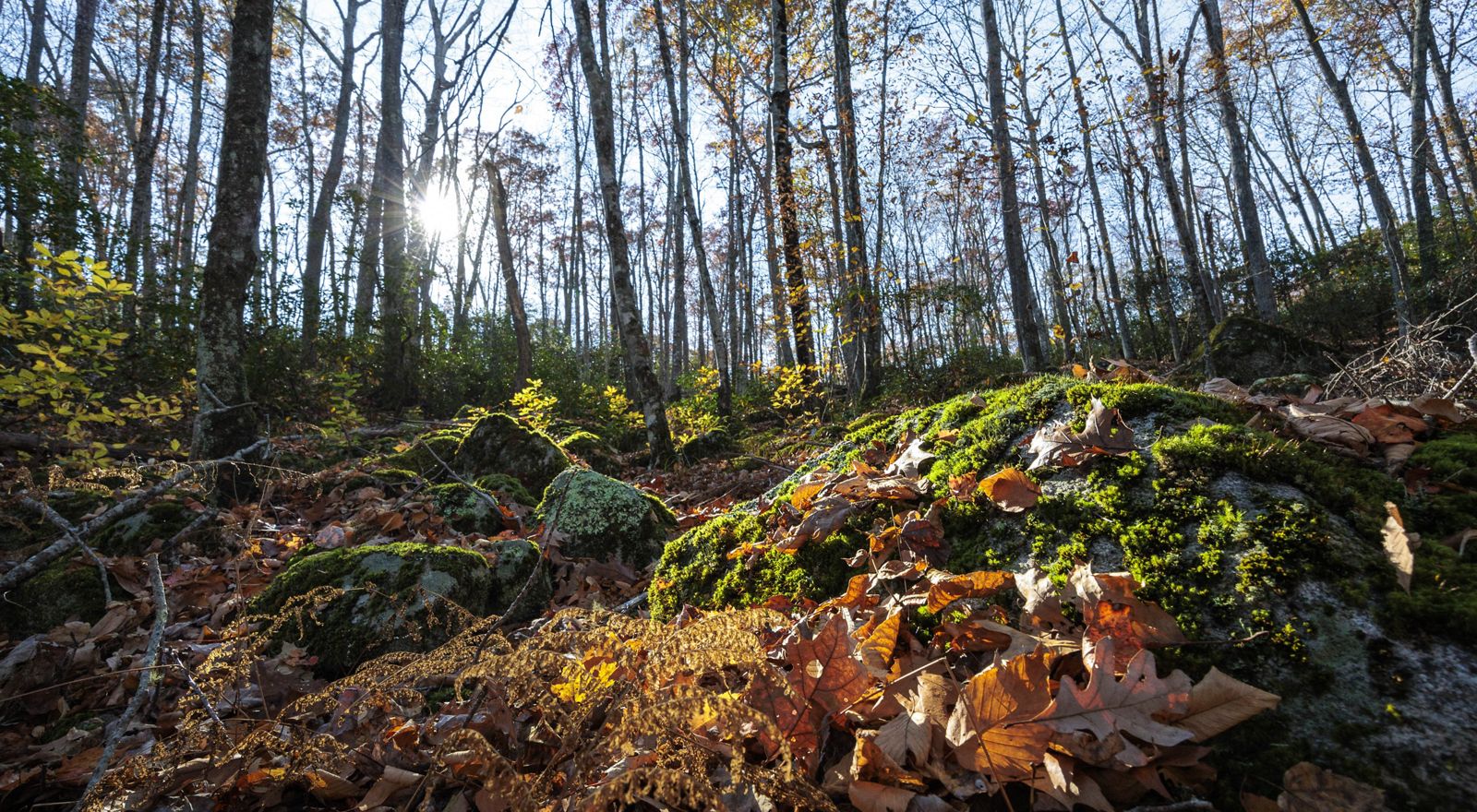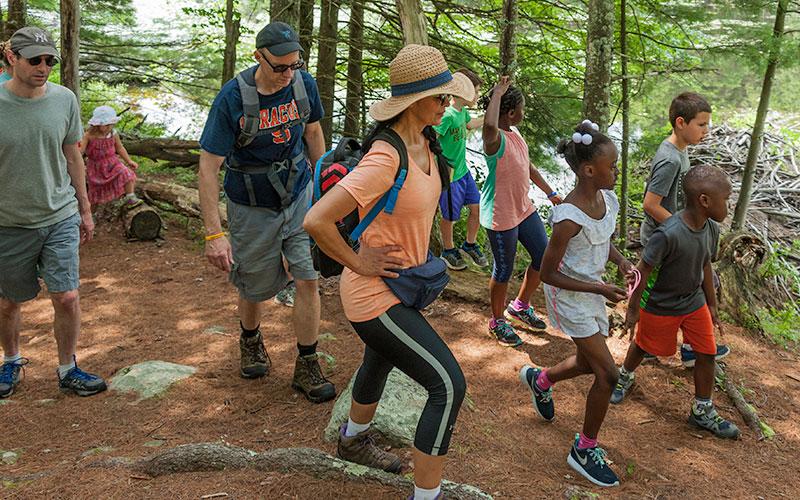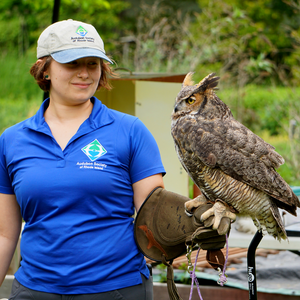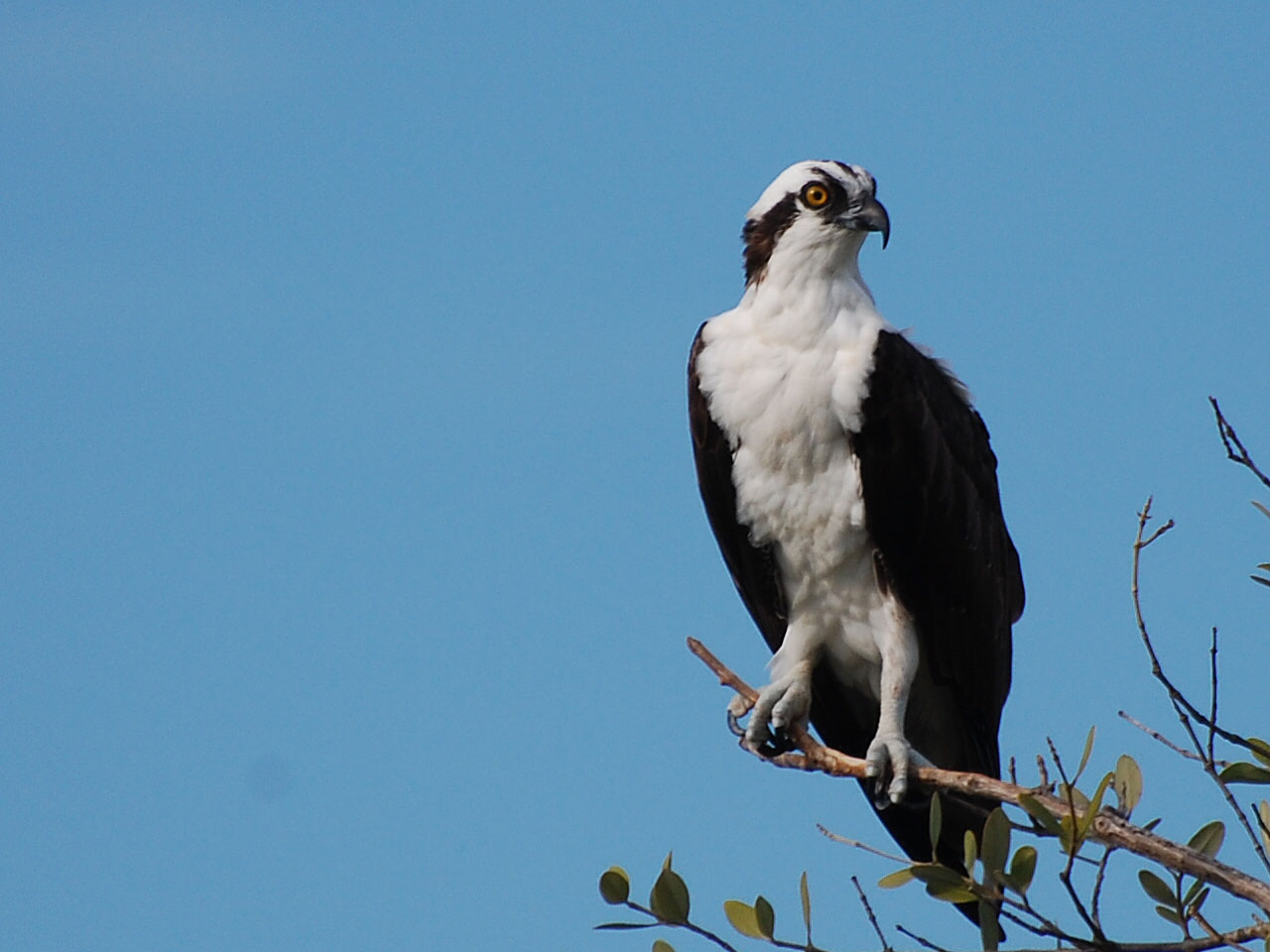Duck and cover as hunters start firing on Saturday
DEM news release:
With hunting season kicking off, the Rhode Island Department of Environmental Management (DEM) reminds the public that it’s time to break out your finest fluorescent orange fashions for your fall forest frolicking.For a complete breakdown of hunting season dates,
regulations, and a map of Deer Management Zones (DMZs),
please review the 2025-26 Hunting and Trapping Regulation Guide available
online at www.eregulations.com/rhodeisland/hunting and
at local sales agents.
For more information on DEM programs and initiatives,
visit www.dem.ri.gov.
Follow DEM on Facebook, Twitter
(@RhodeIslandDEM), or Instagram (@rhodeisland.dem) for timely
updates. Follow DFW on Facebook and
Instagram (@ri.fishandwildlife) to stay up to date on news, events and
volunteer opportunities. You can also subscribe to DFW’s monthly newsletter



















